Speed in Flycasting
by Paul Arden
A question that pops up from time to time – and it’s an interesting one – is what has competition distance casting done for my flyfishing? My immediate answer is speed. It’s the difference between trying to deliver a shuttle cock and delivering a missile. There is no feeling on Earth like walking a river armed with a rocket-launching cast. And I truly mean that.
Sure you’ve still got to stalk, wear camo, read water, tie flies, figure it all out, fall in now and again – just like you always did, but now you never need worry about the cast, and often it’s all over before you’re even aware it’s happening; no thinking, no hesitating, just an immediate delivery. That feeling is amazing.
It’s not why I fish; I fish to sequence. Catch one fish, duplicate the method and catch them all. A friend of mine gave a demo recently where he said he fished to relax, and that he needed to save his energy when casting, because it could be a long day ahead – or something like that. OK, that’s fine, but for me I fish for thrills and spills, I don’t care how fast or slowly you cast, the 20 or 30 Km of boulder-hopping and heavy river crossing is going to sap your energy far more than any amount of casting ever can!
So while speed is the main thing, it gives other benefits as well. I suppose the most obvious is that distance casting makes you think about every single component of your Stroke. You can’t throw a long way using poor technique – it doesn’t matter how strong you are! Technique first, applied strength later. Good technique for distance means that your basic cast must be effective – a drill I’ve been using the past few years for tuning distance (don’t tell Mike) is accuracy.
Casting into a head wind is rarely a problem – apart from in New Zealand; just throw the line at a hundred and fifty miles per hour! No need for a tight loop, contrary to popular opinion, just throw as fast and as straight as you can. And as for distance, if you can cast through the 120s with trout tackle, then you can take a realistic shot at 100 feet without serious complications.
So that’s certainly one side of things, which you probably figured out anyway. But the other side of things is that it’s given me a great number of friends that I would probably never have met.
If you’re in the UK, here’s a link to my friends at the British Fly Casting Club.
Cheers,
This entry was posted on Friday, December 18th, 2009 at 3:14 pm and is filed under News. You can follow any responses to this entry through the RSS 2.0 feed. You can leave a response, or trackback from your own site.
Comments
2 Responses to “Speed in Flycasting”Got something to say?
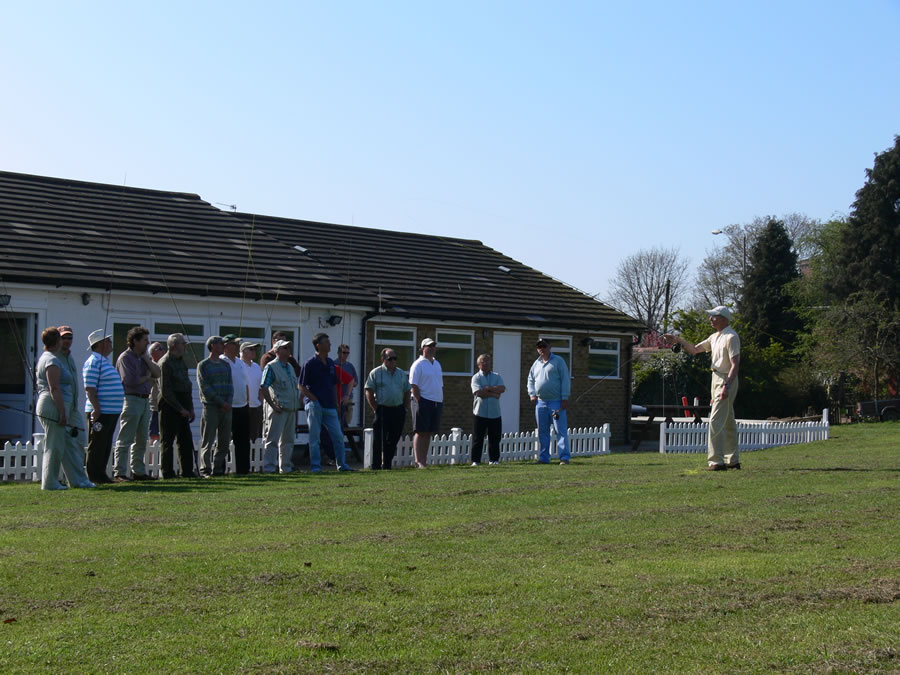
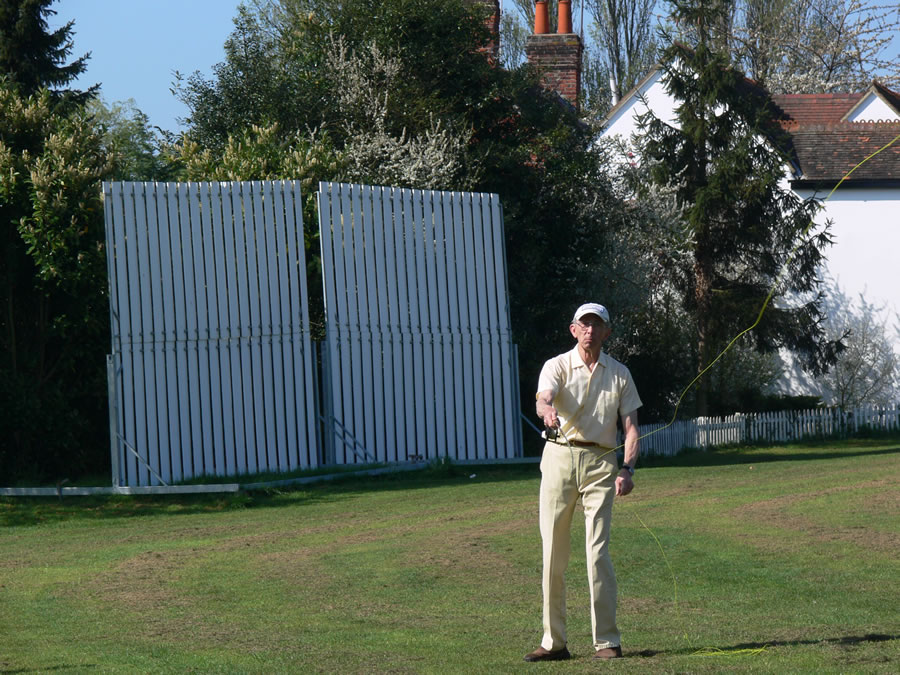
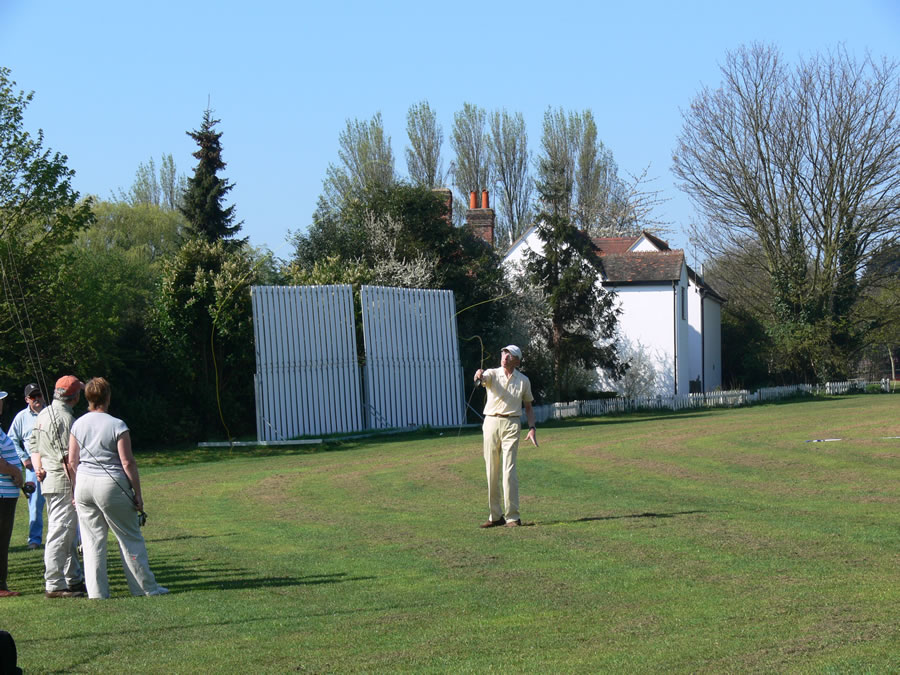
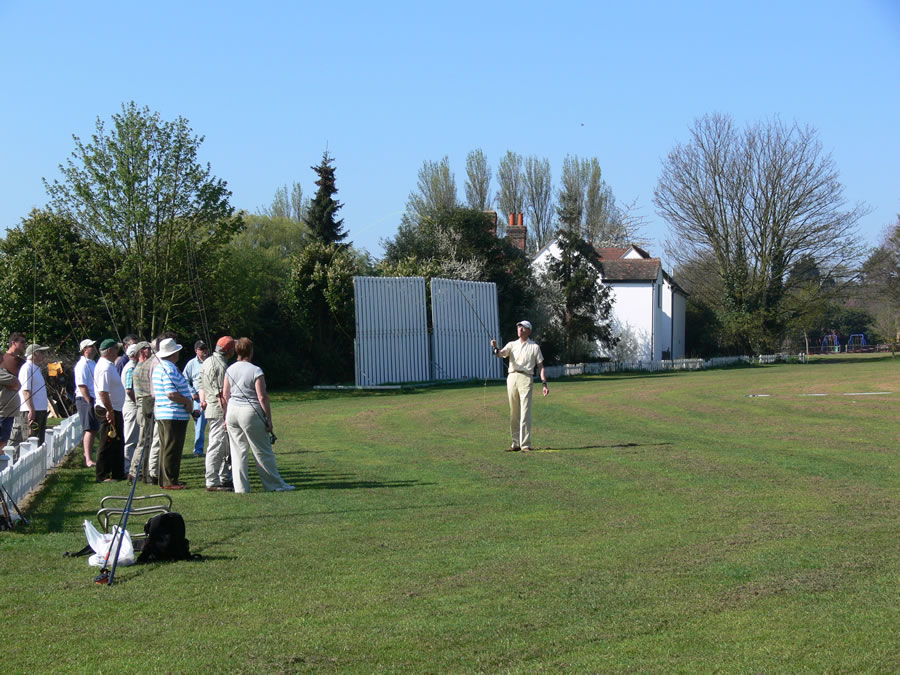
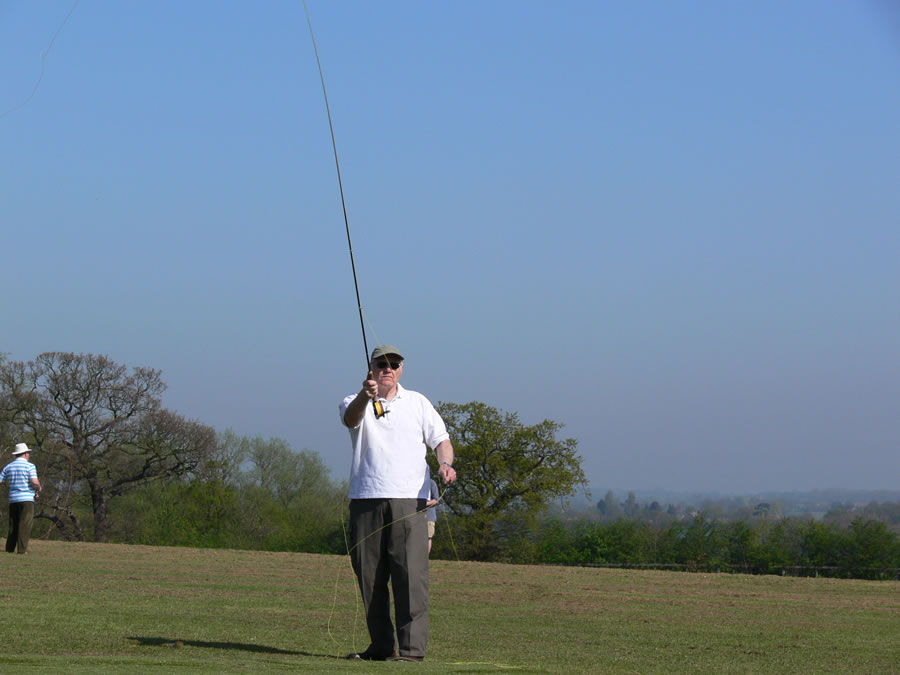
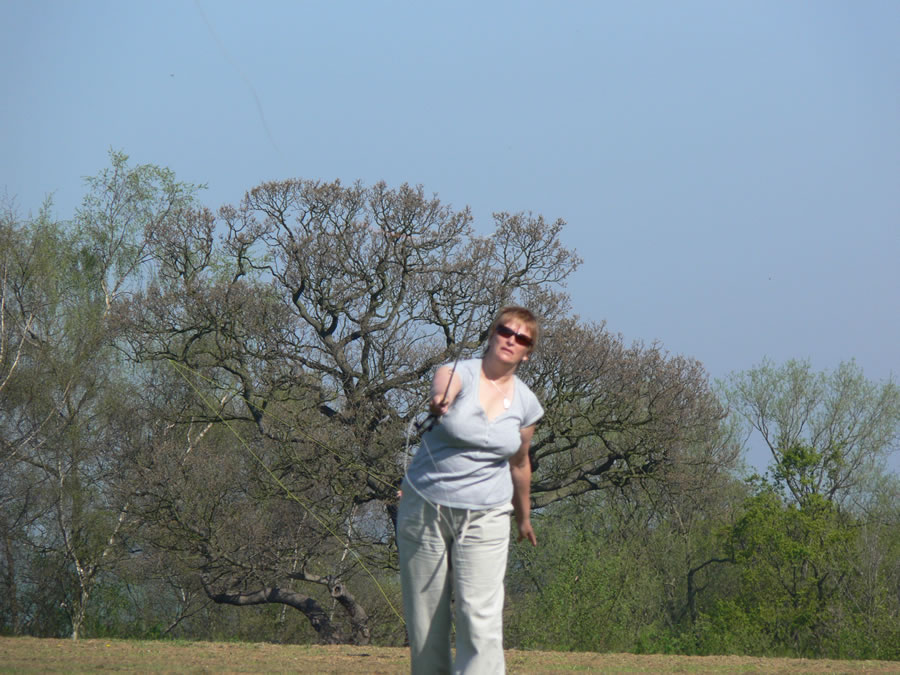
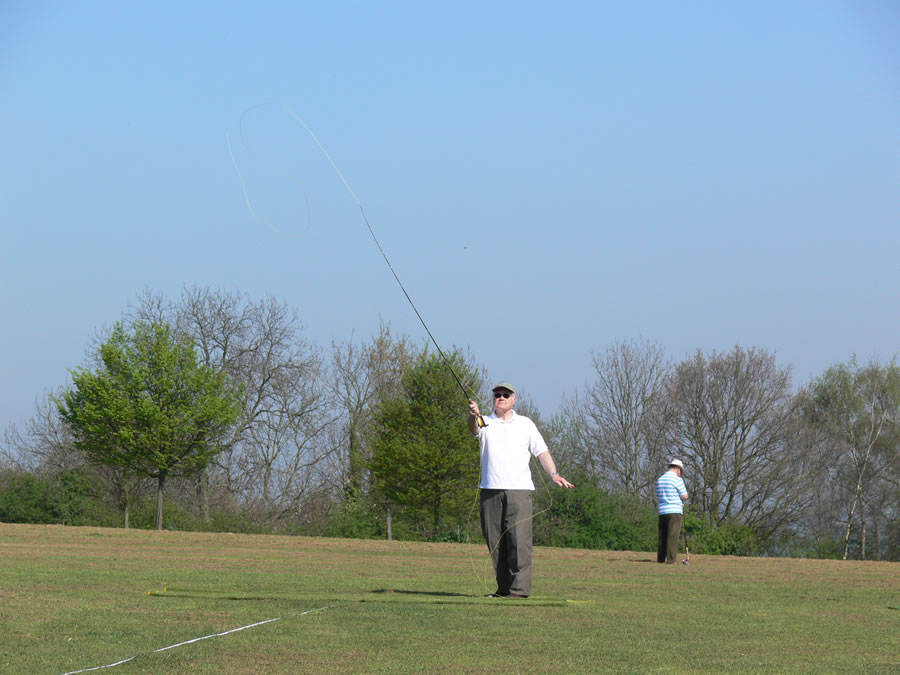
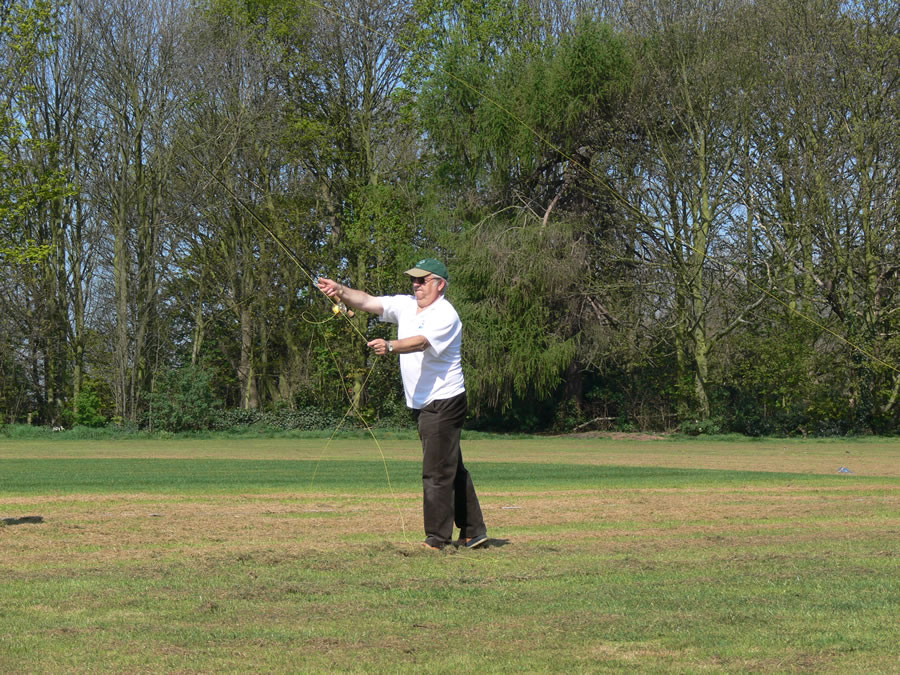
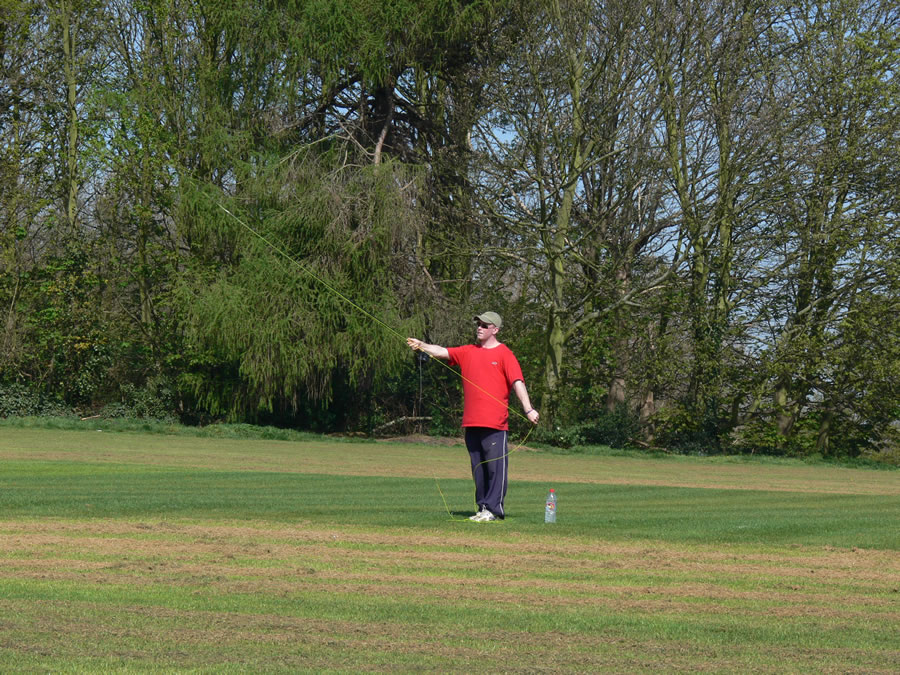
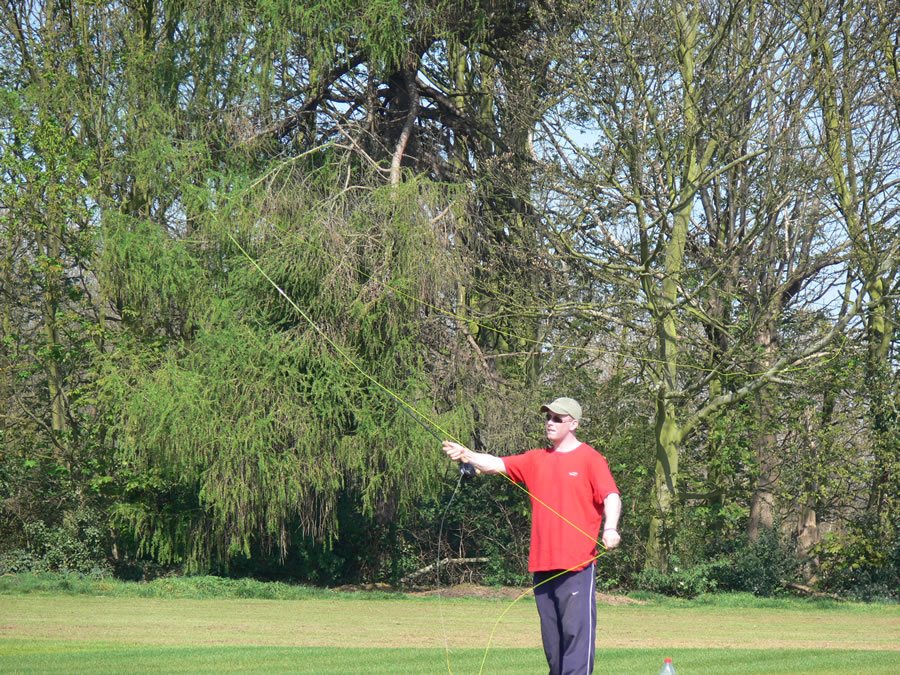
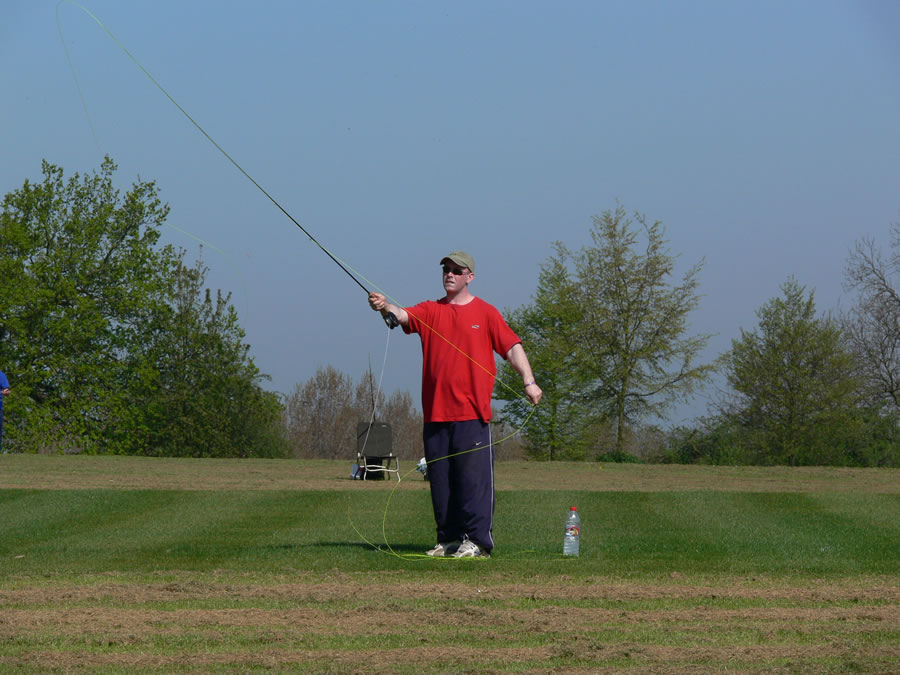
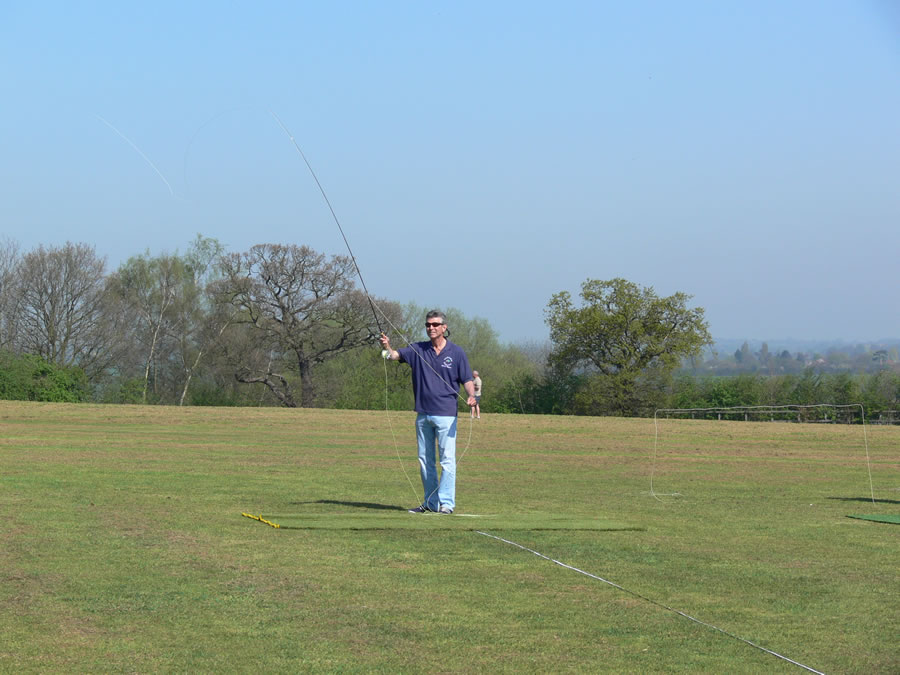
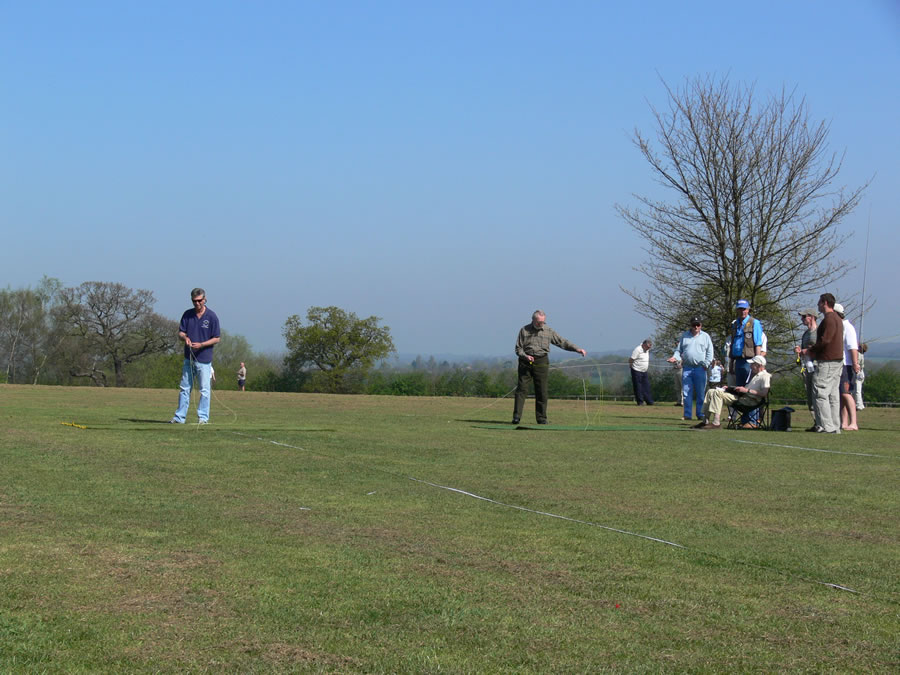
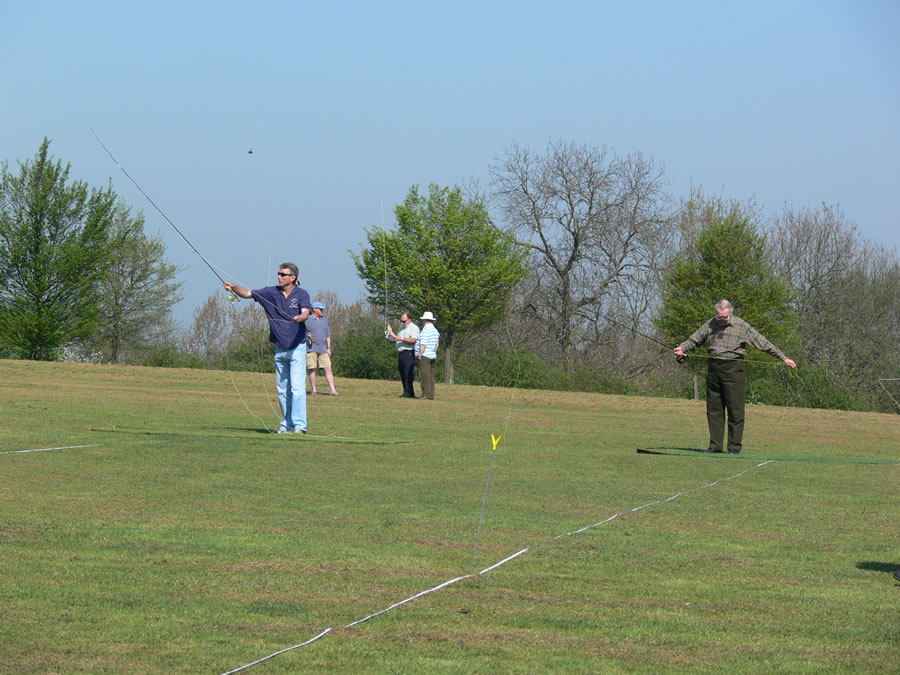
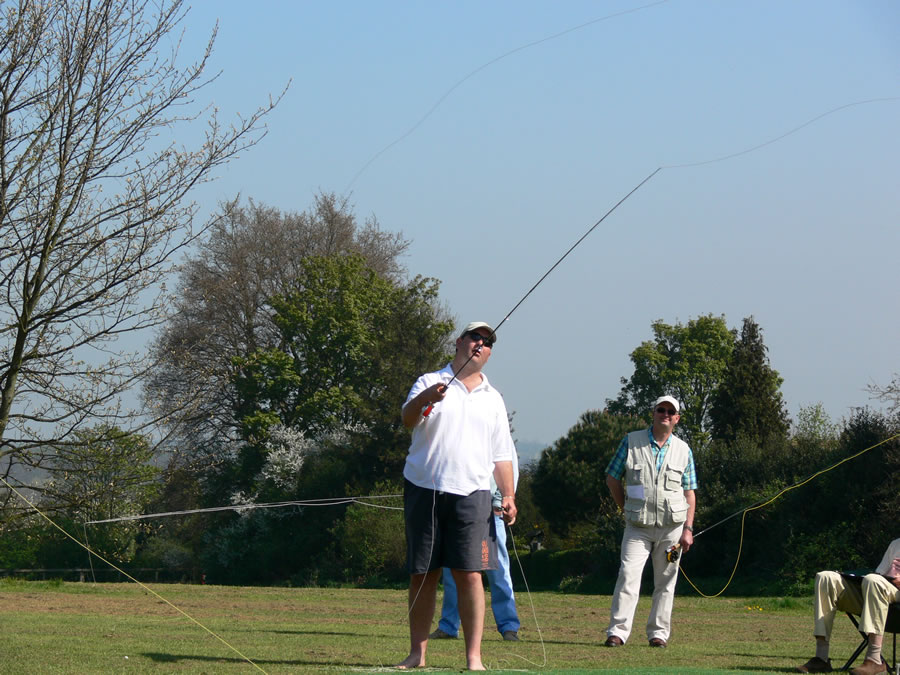
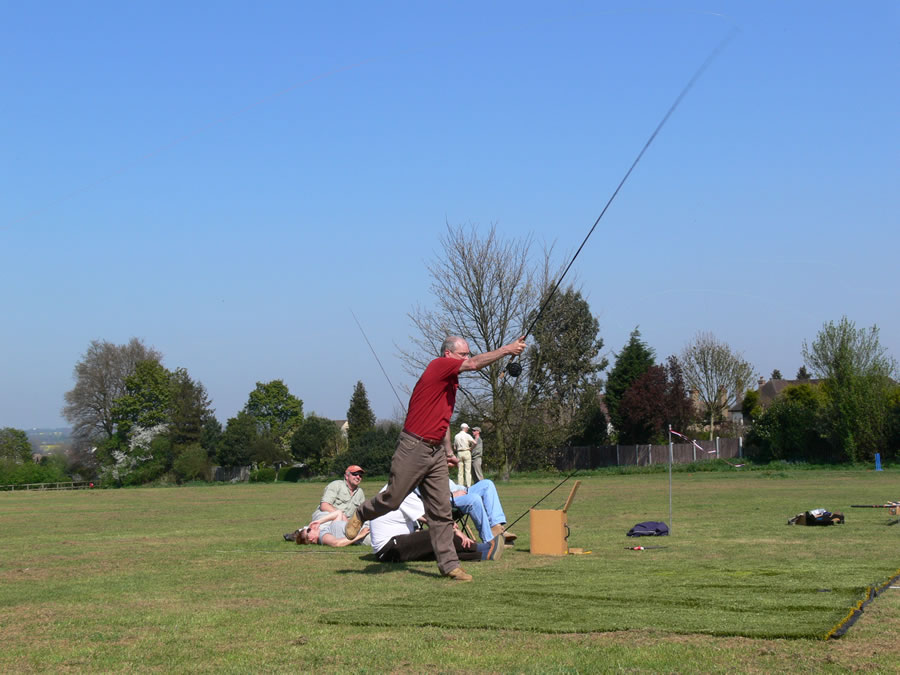
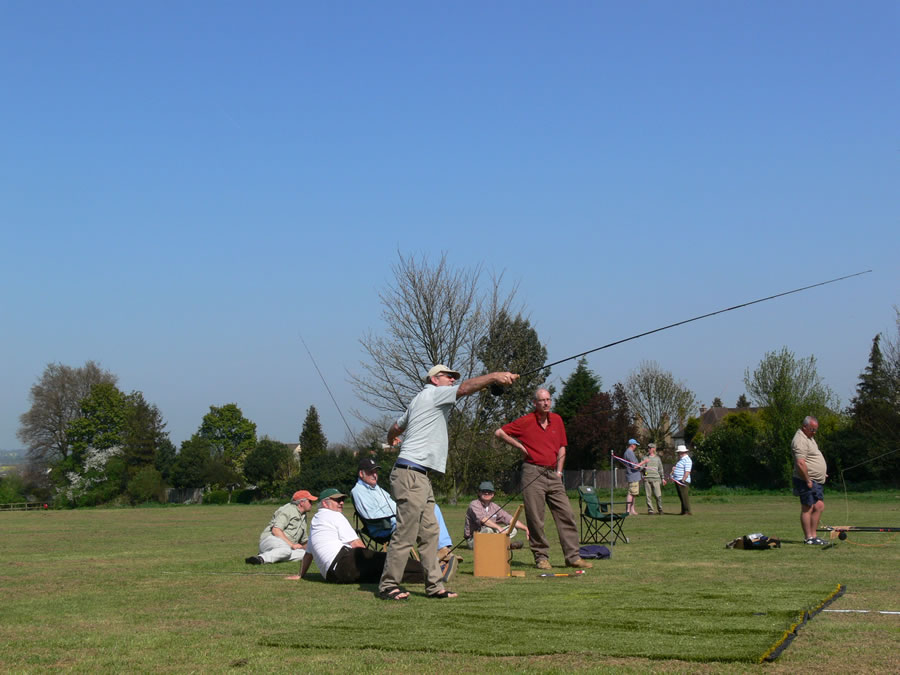
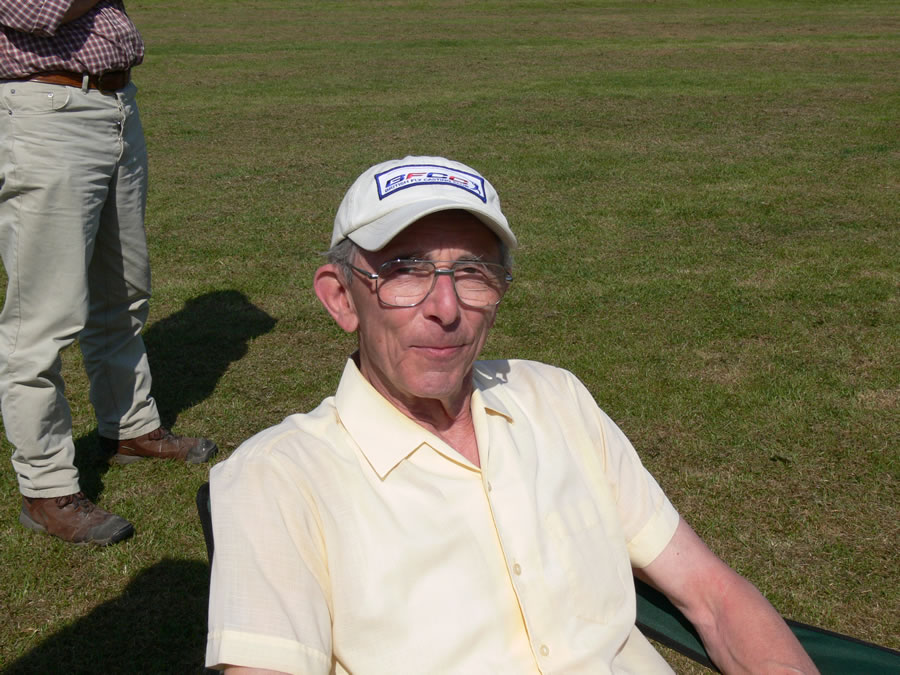
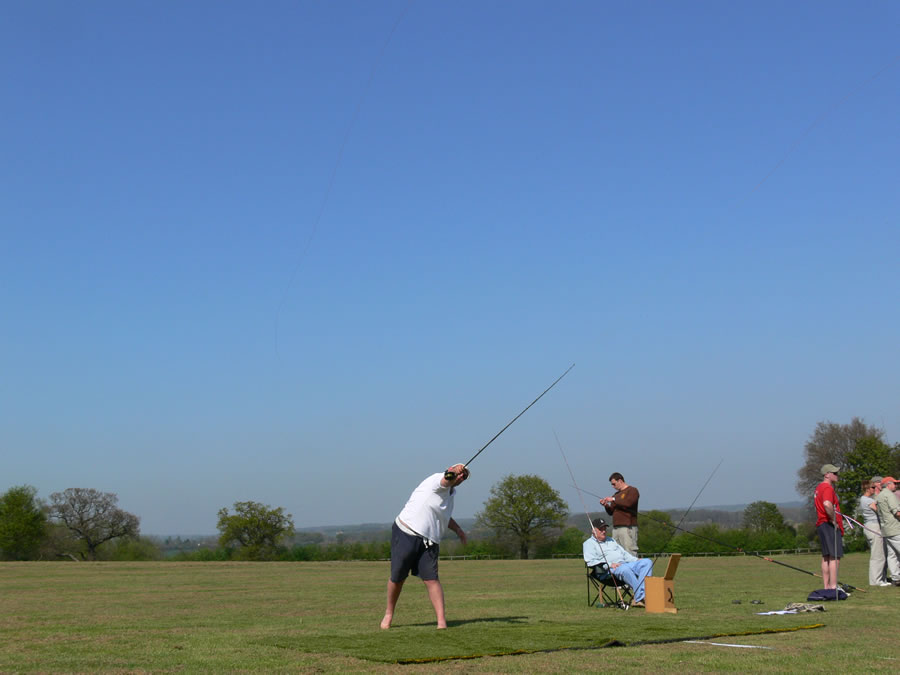
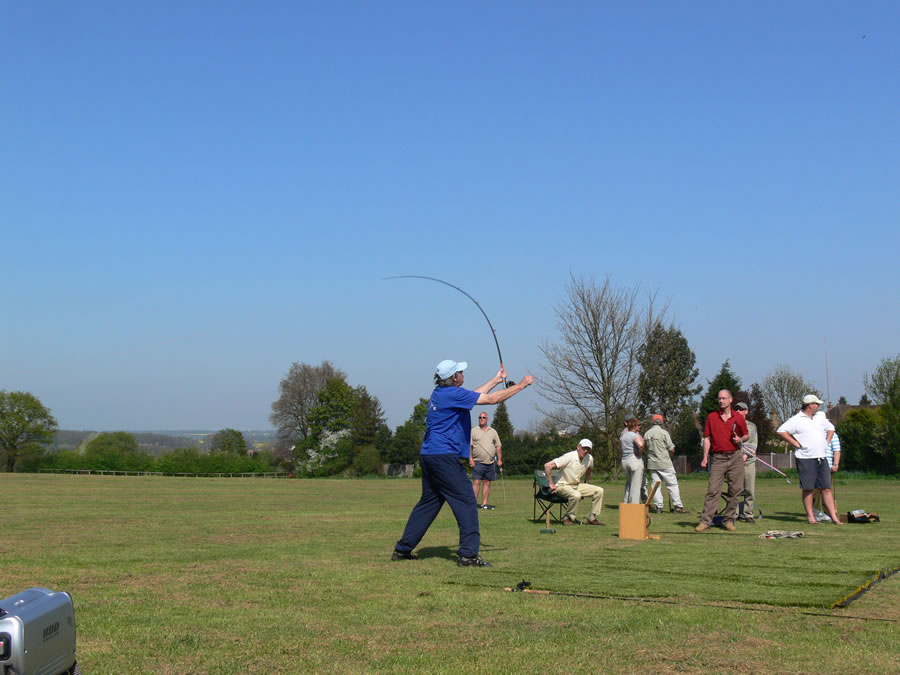
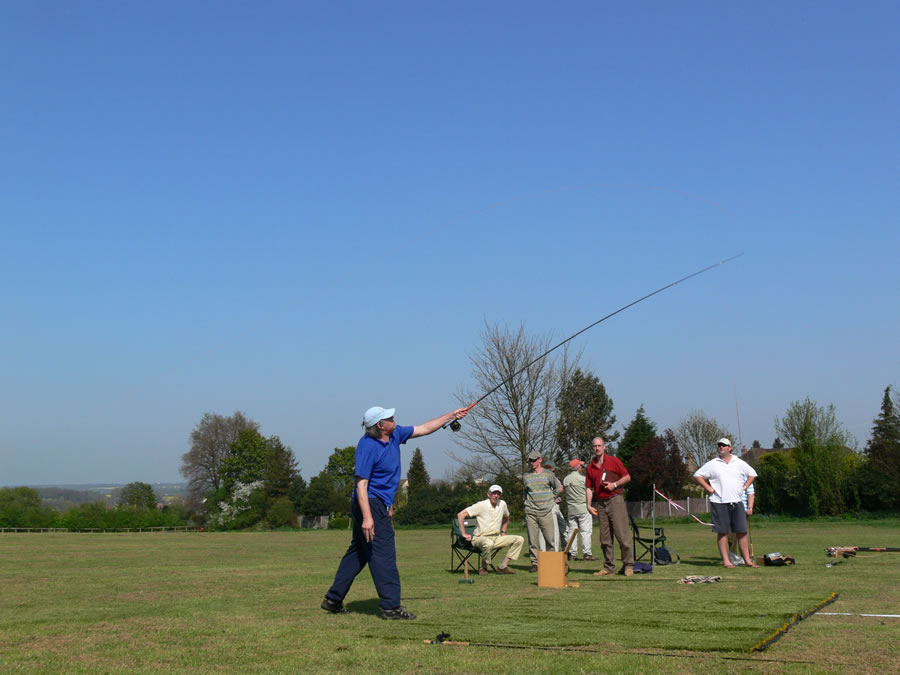
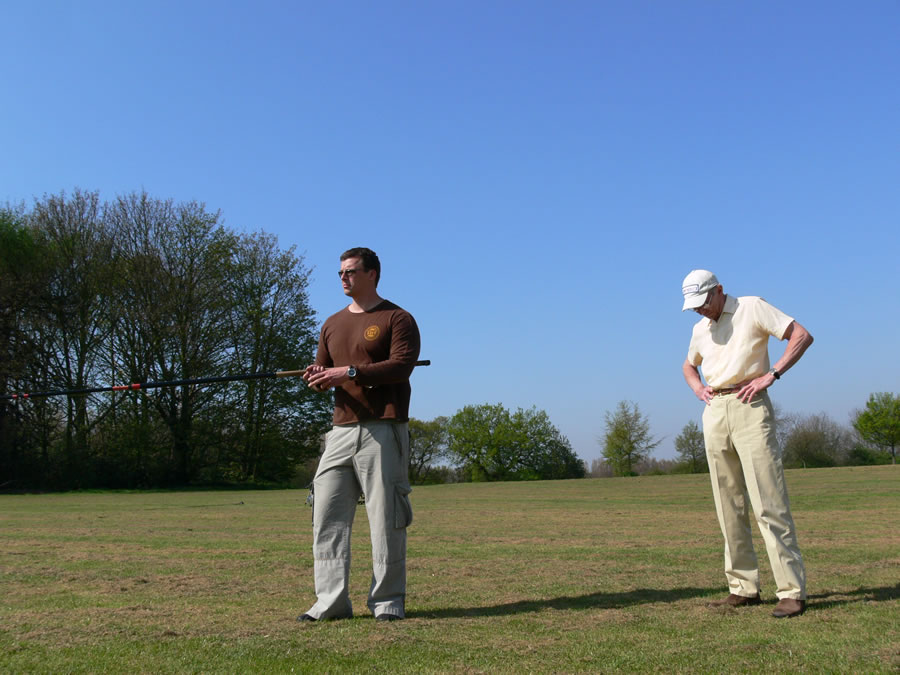
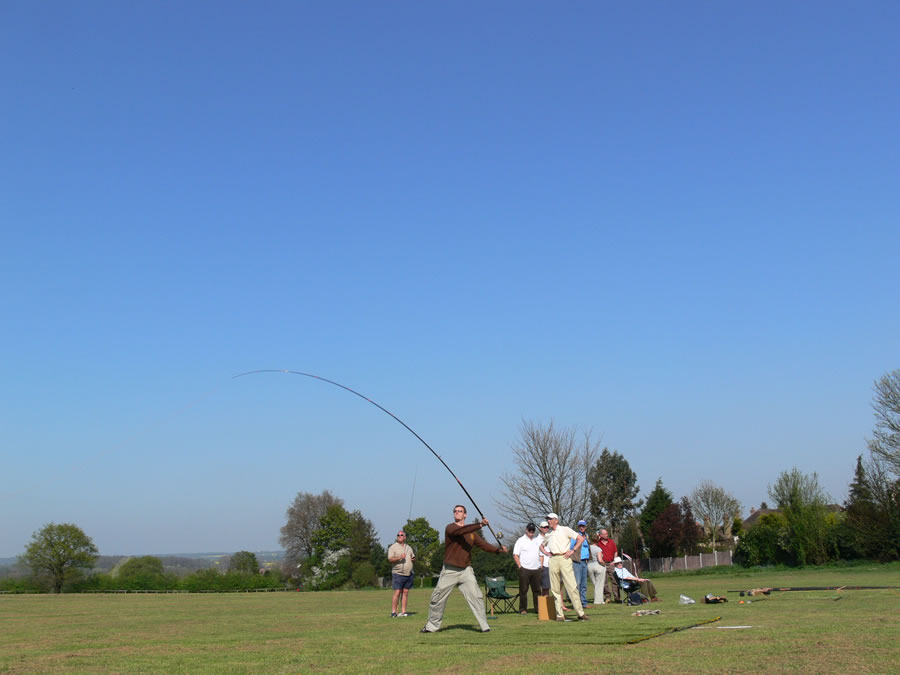
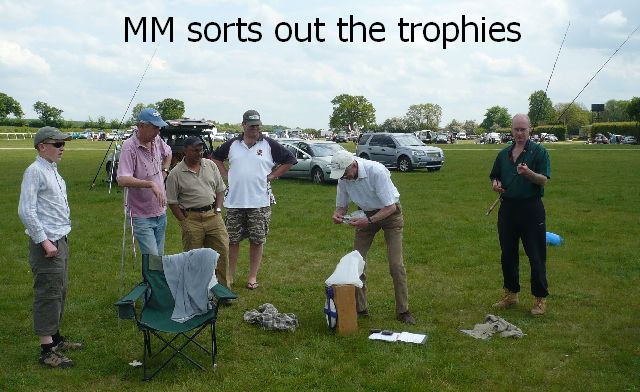

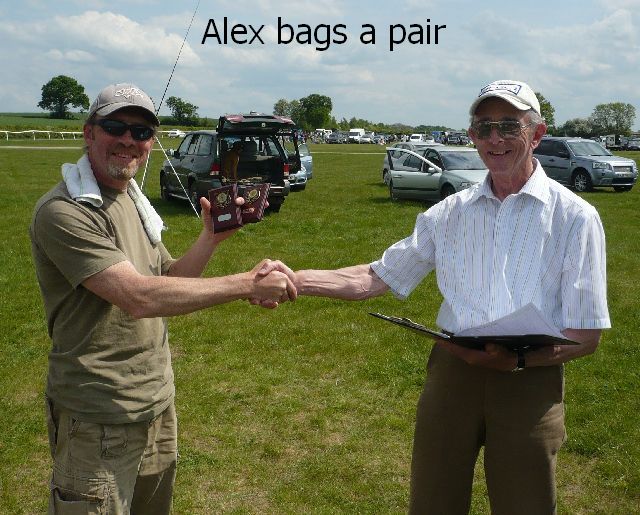
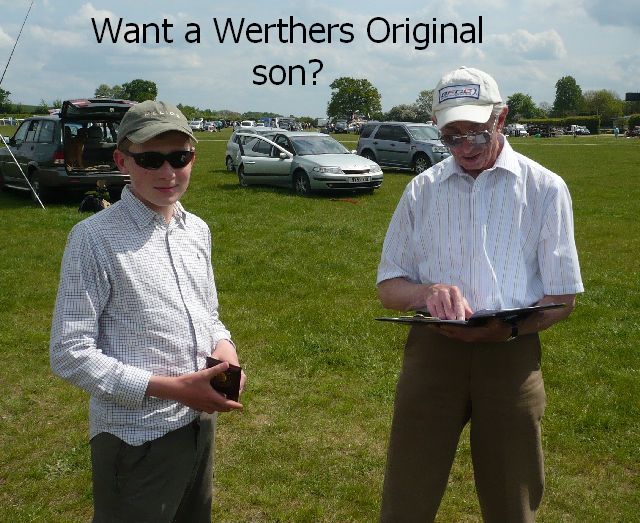
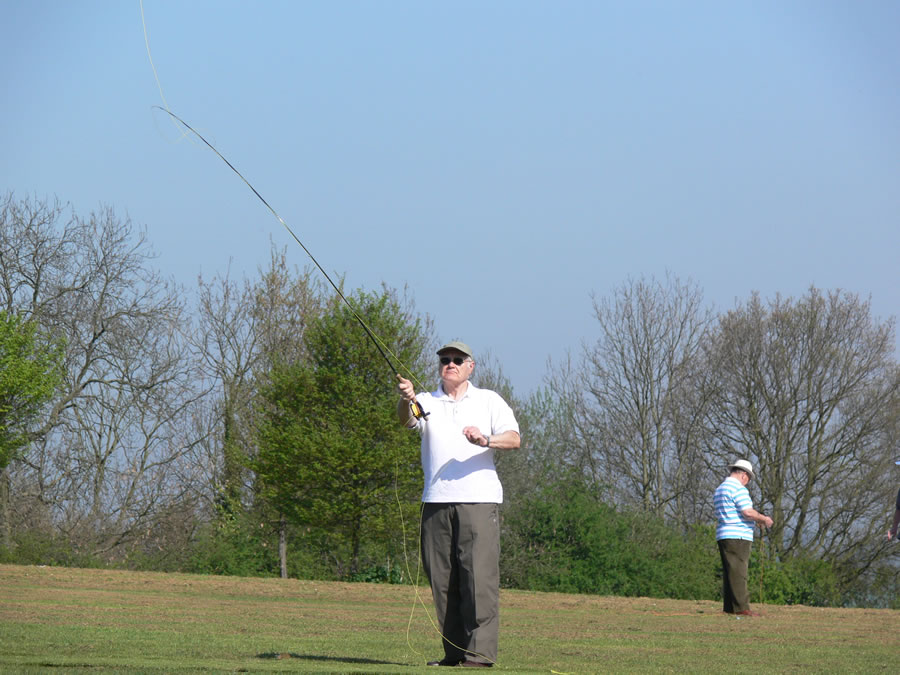
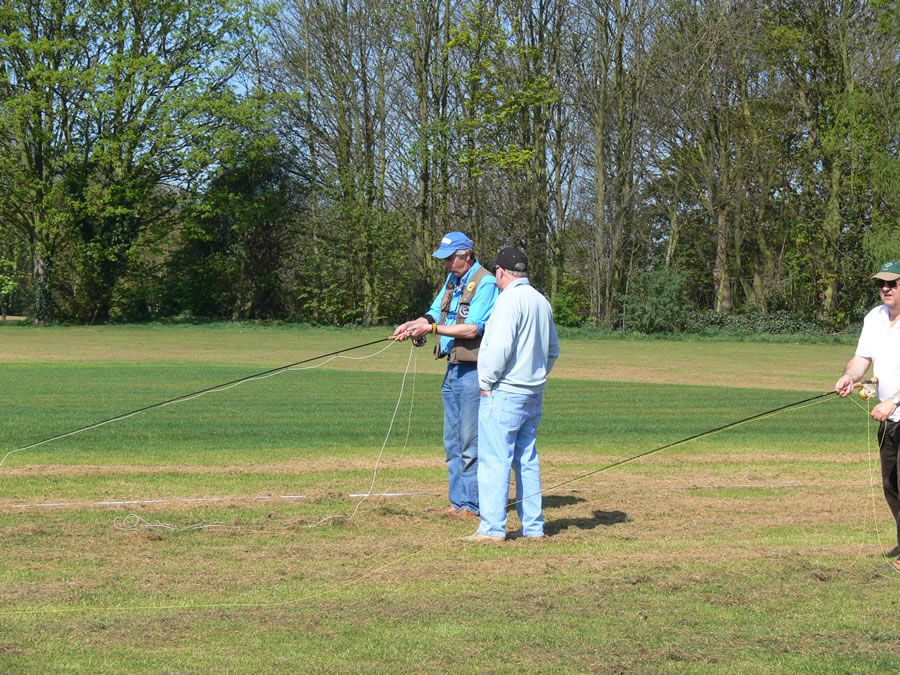
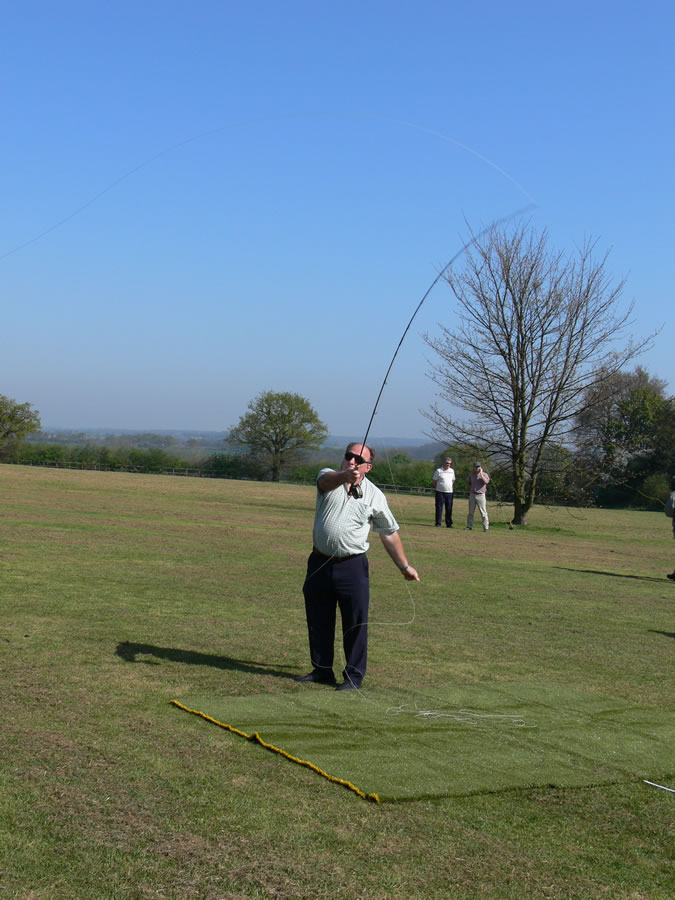
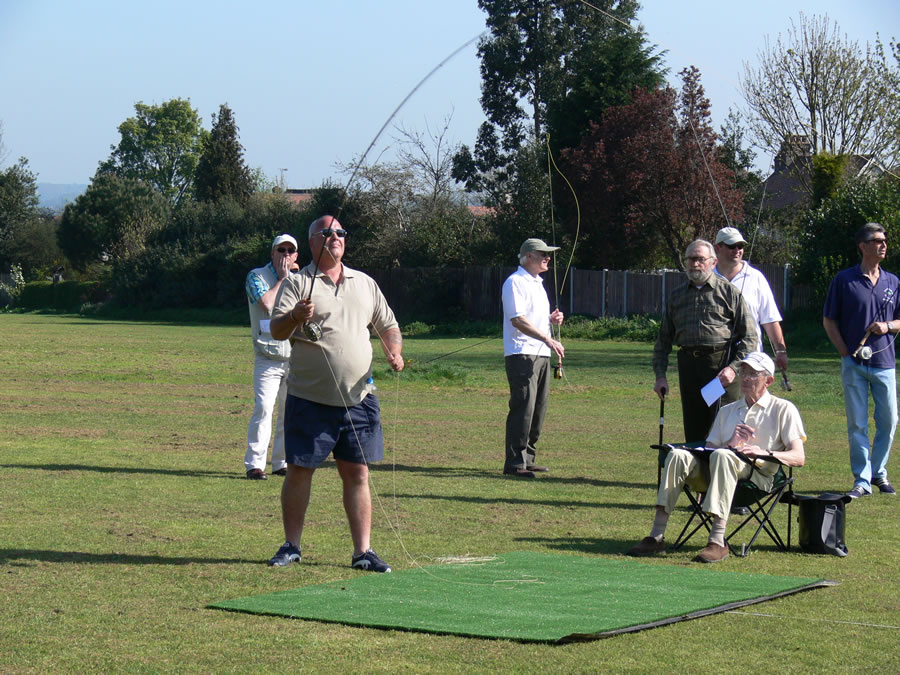
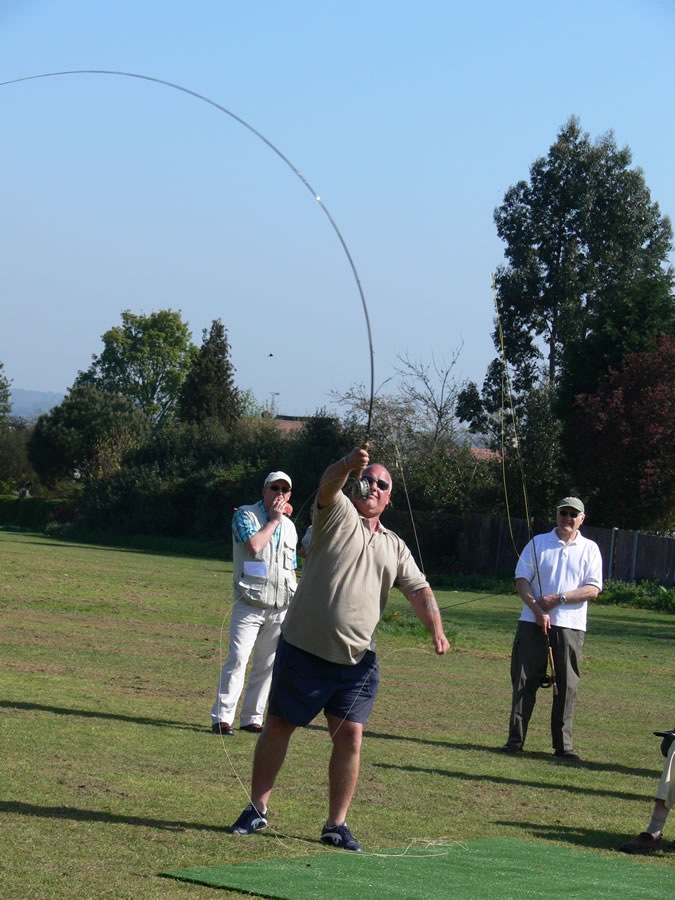
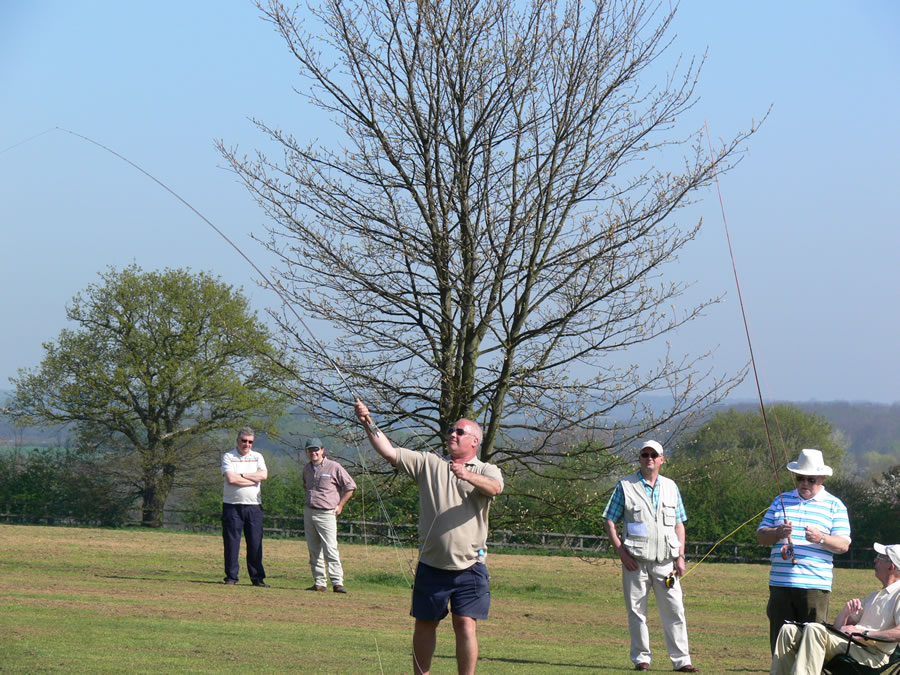
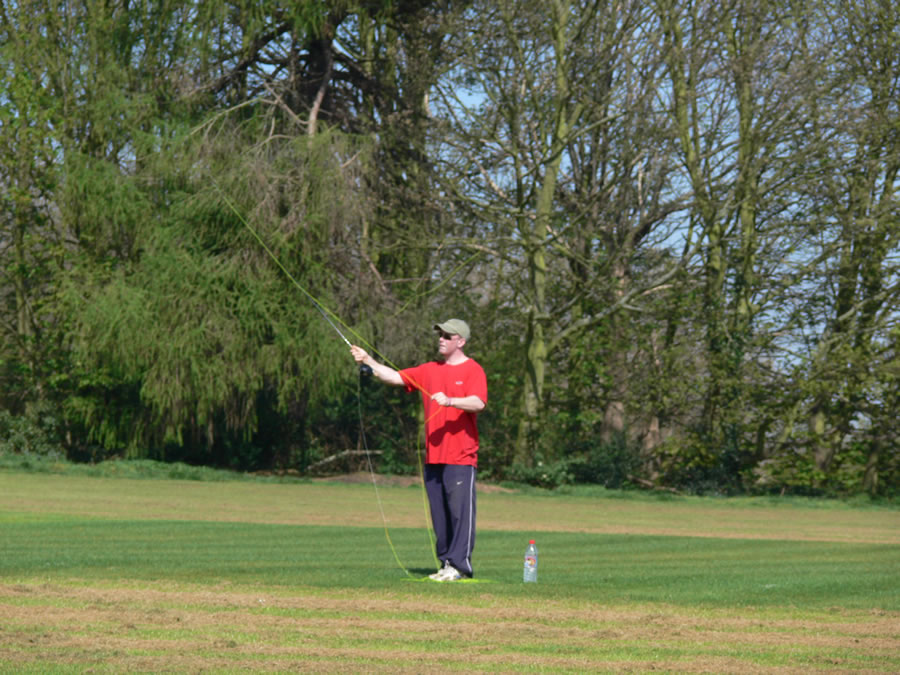
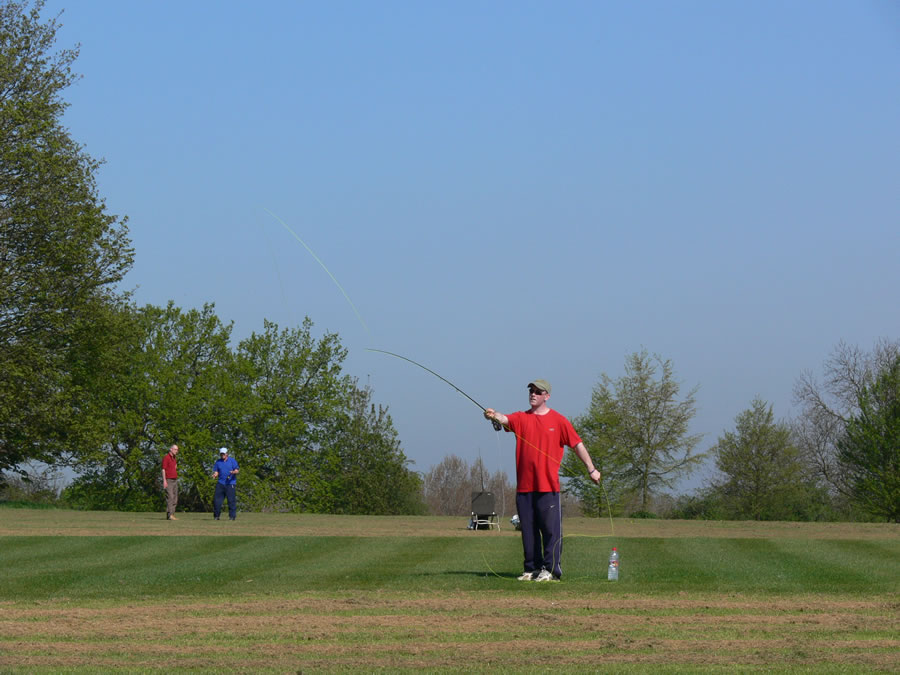
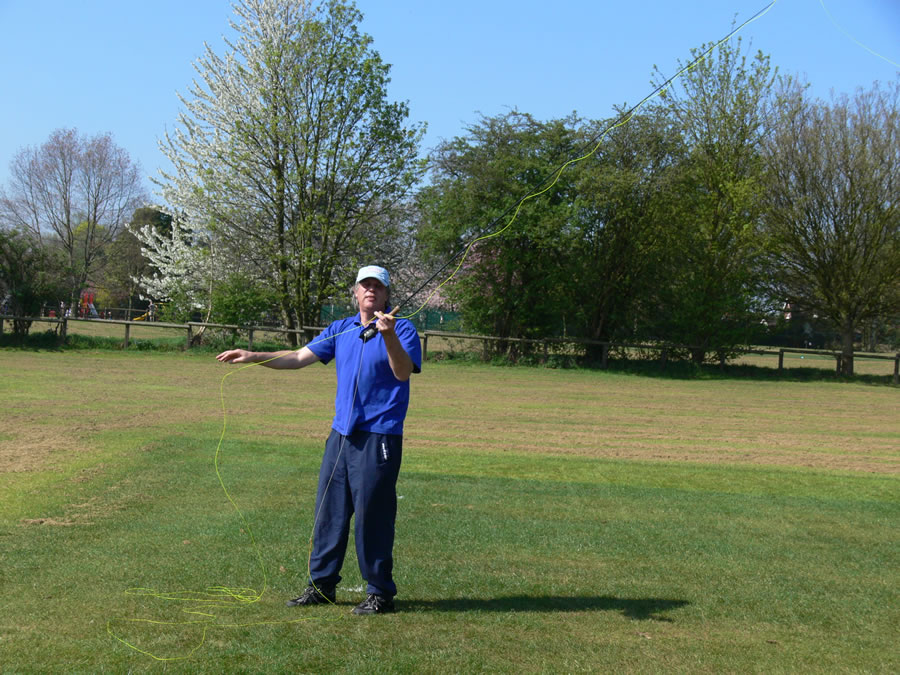
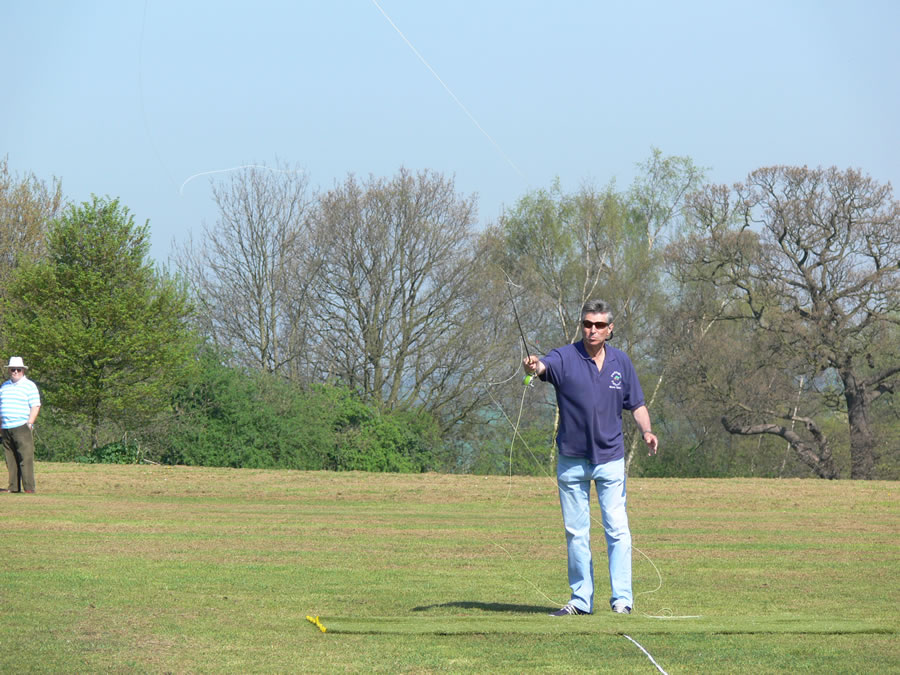
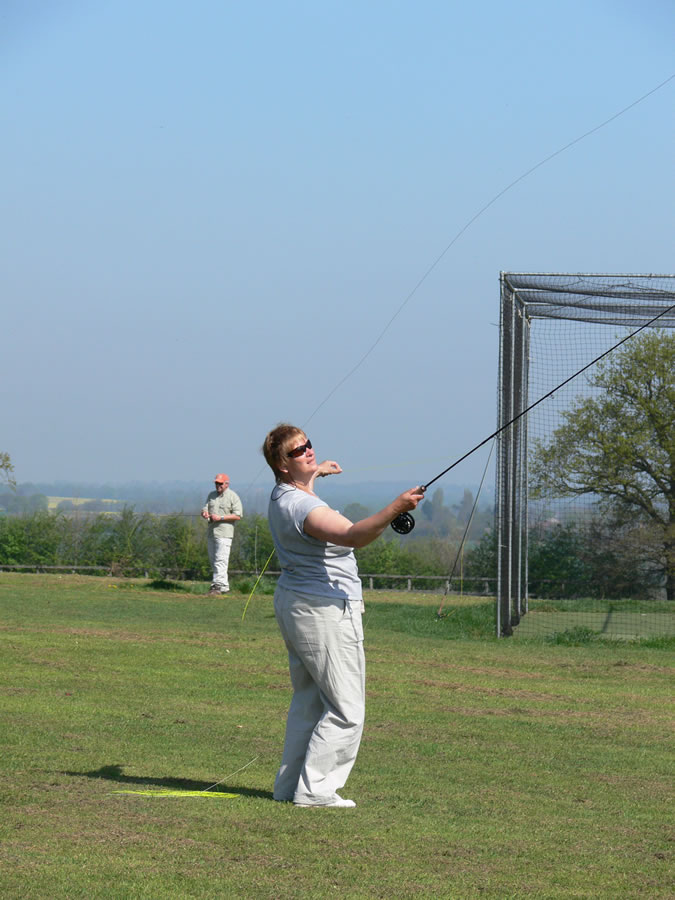
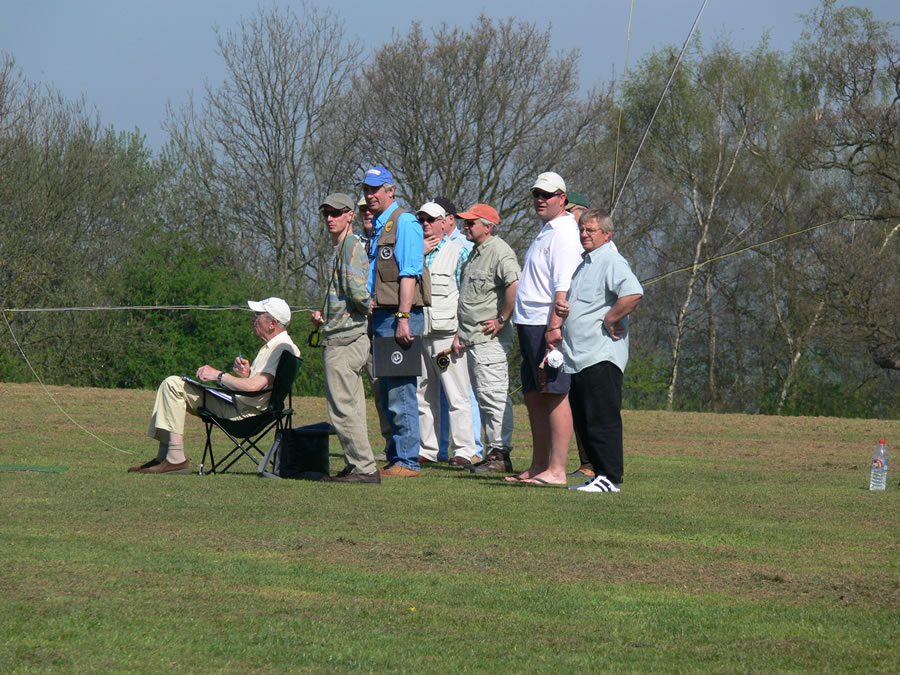
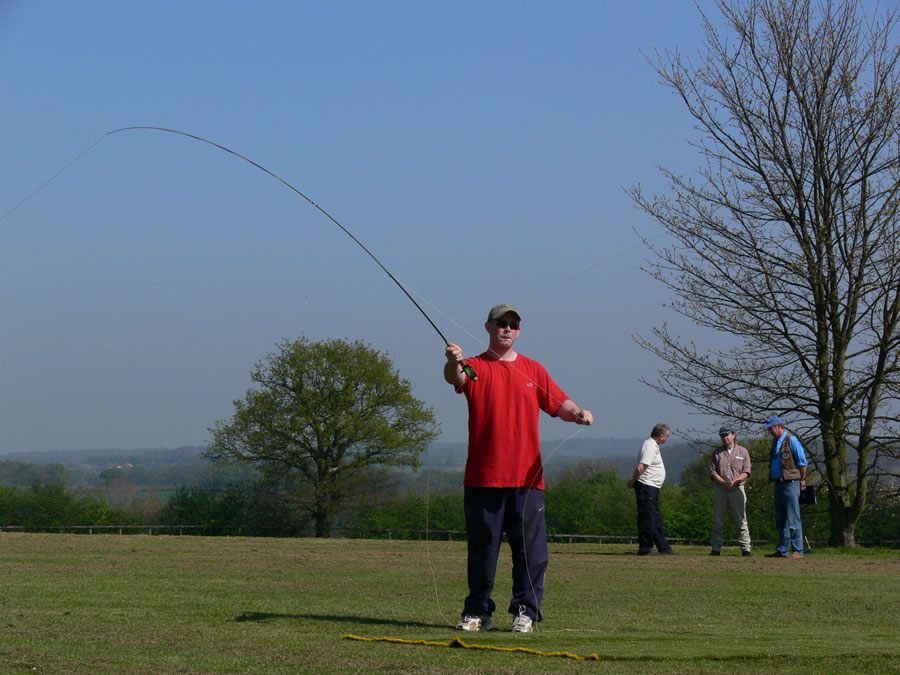
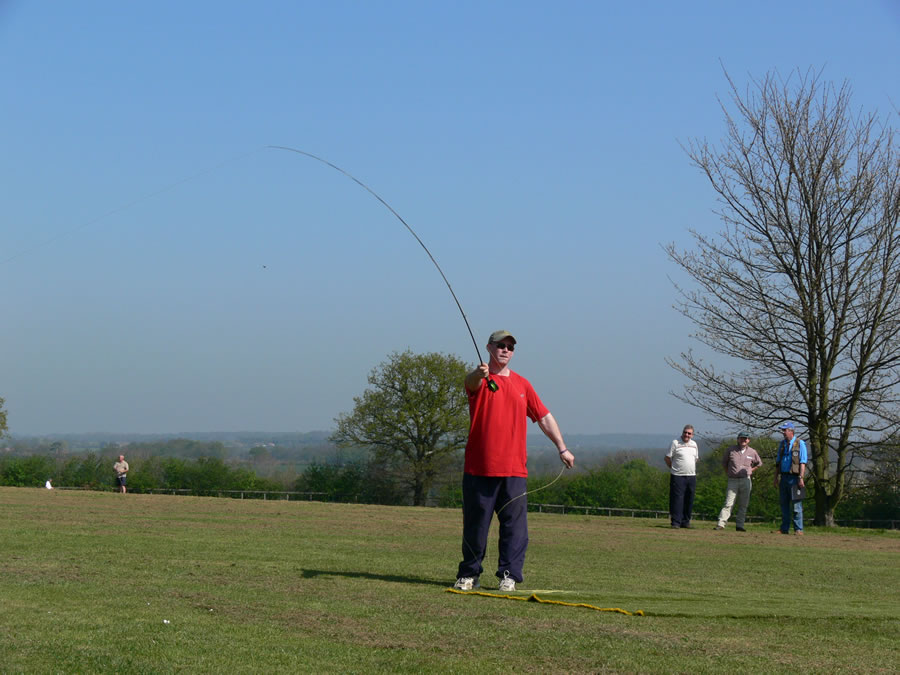
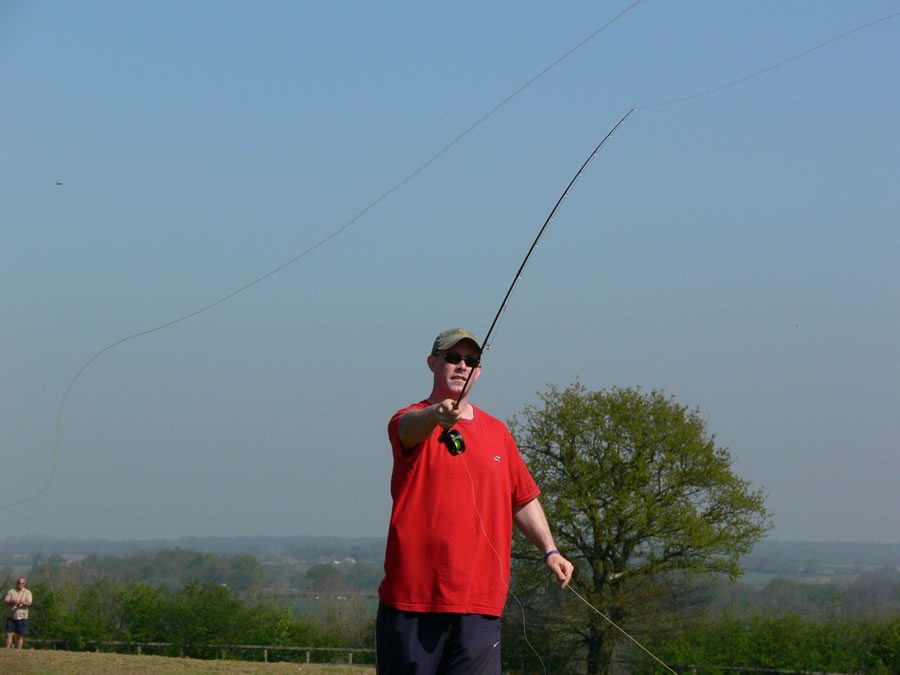
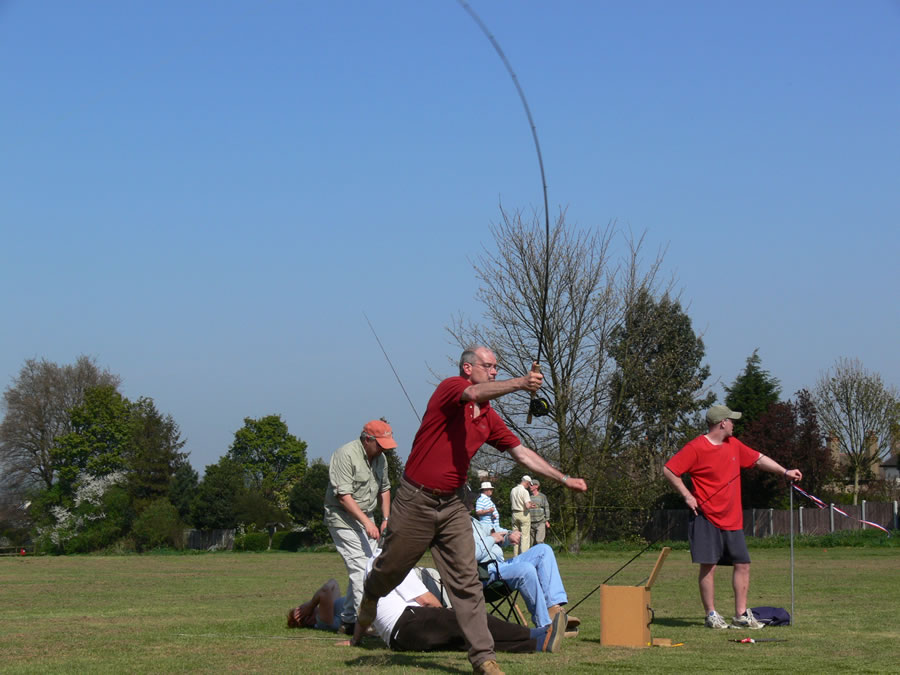
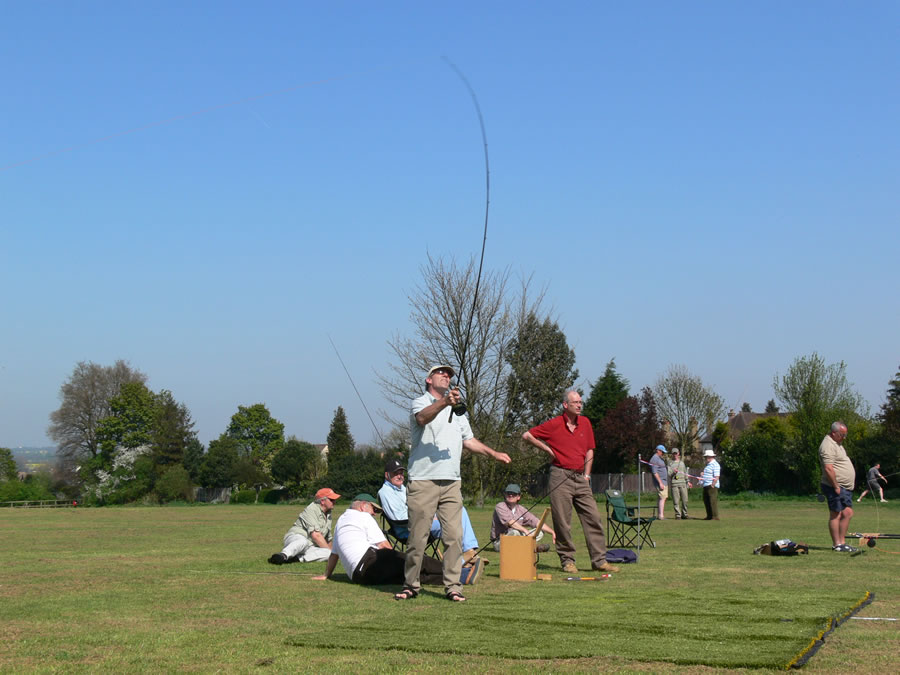
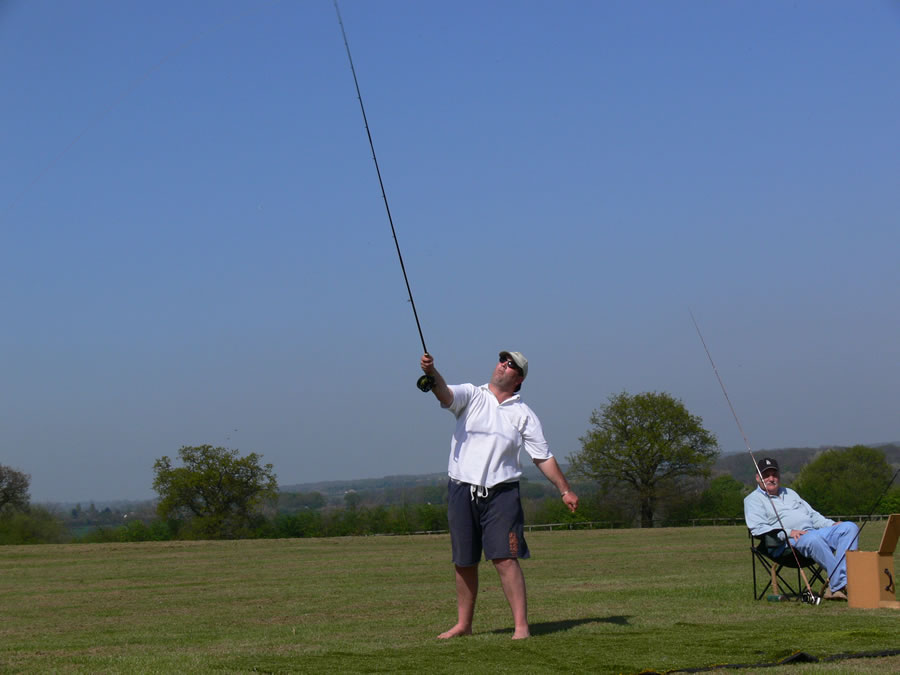
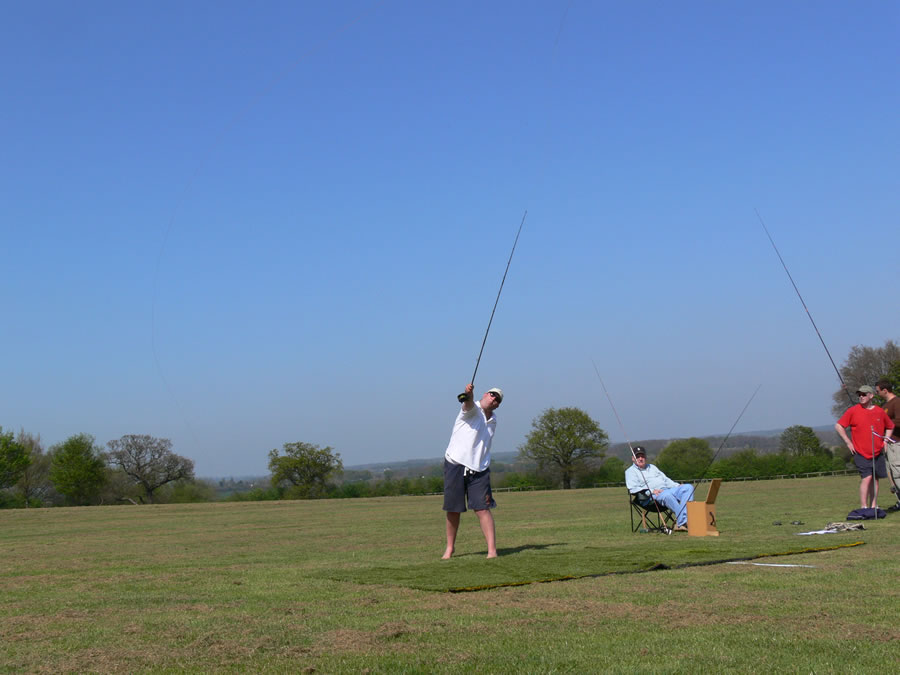
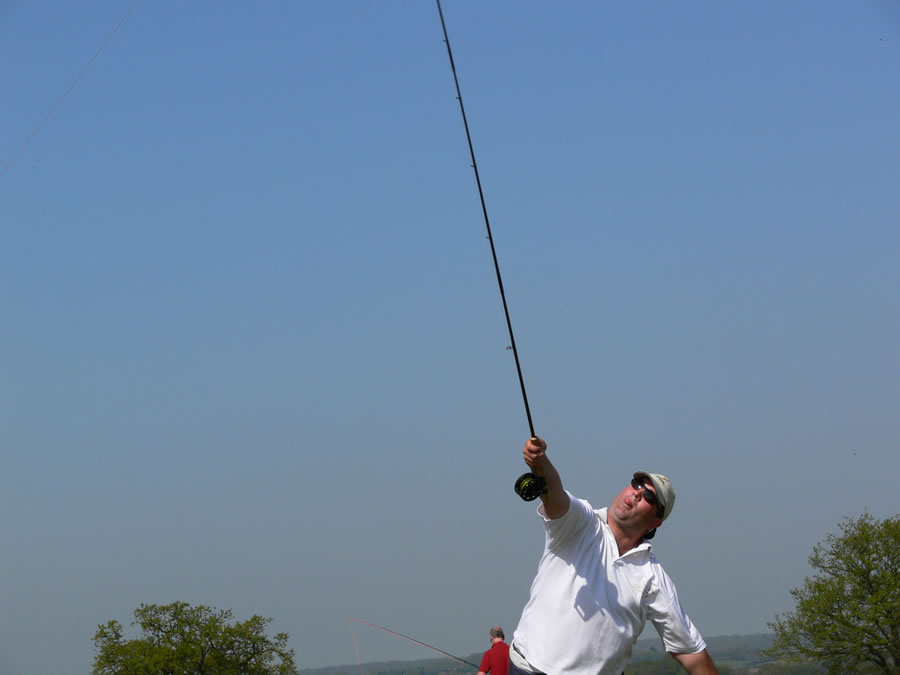
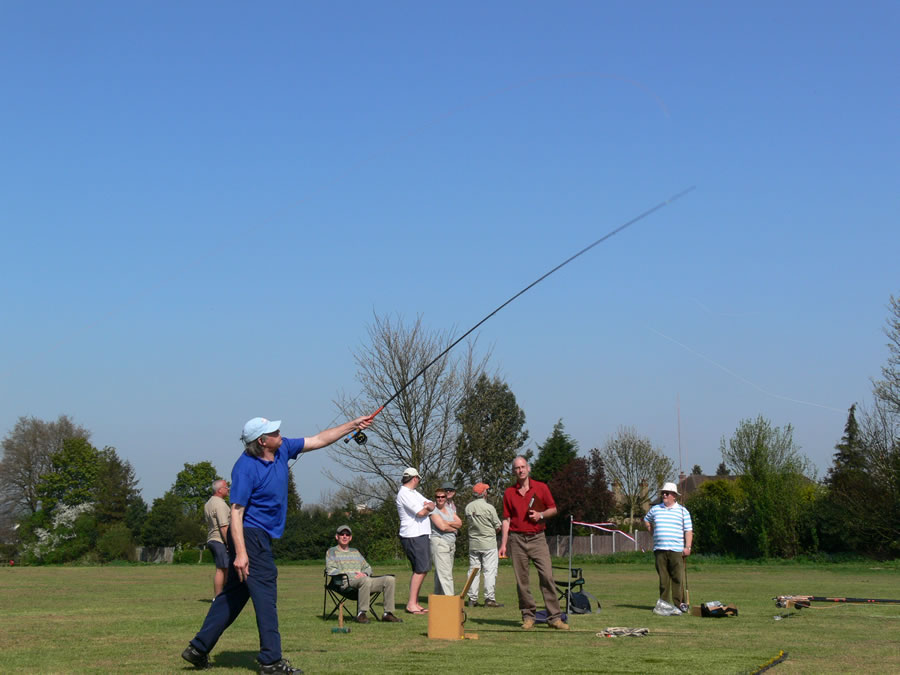
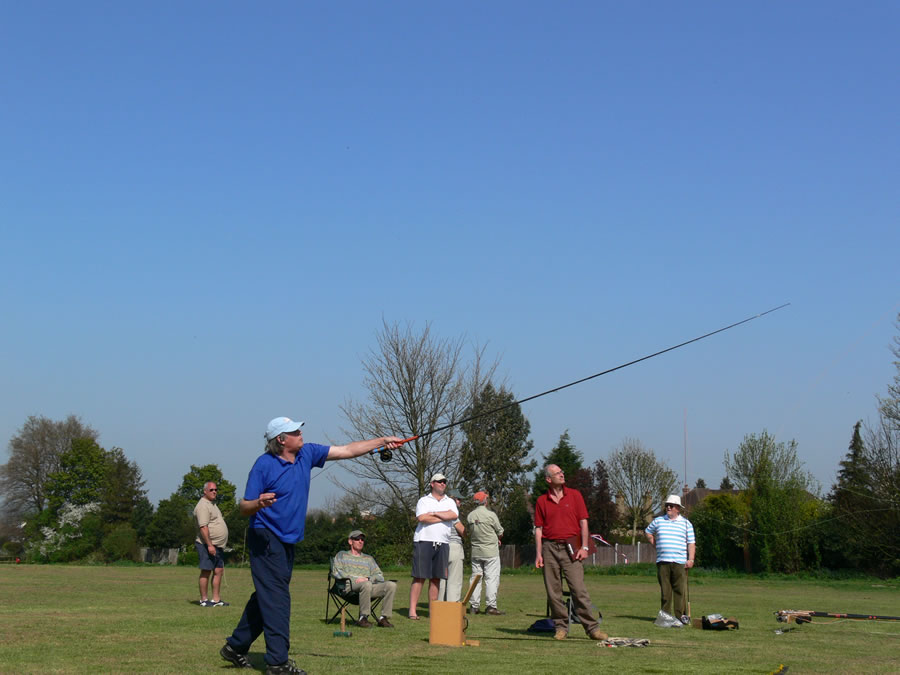
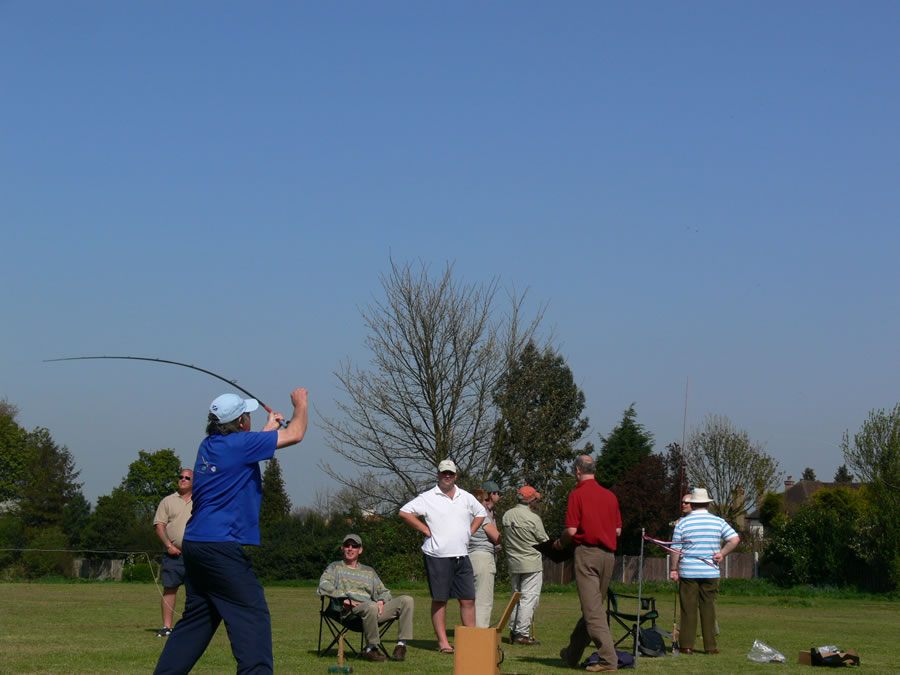
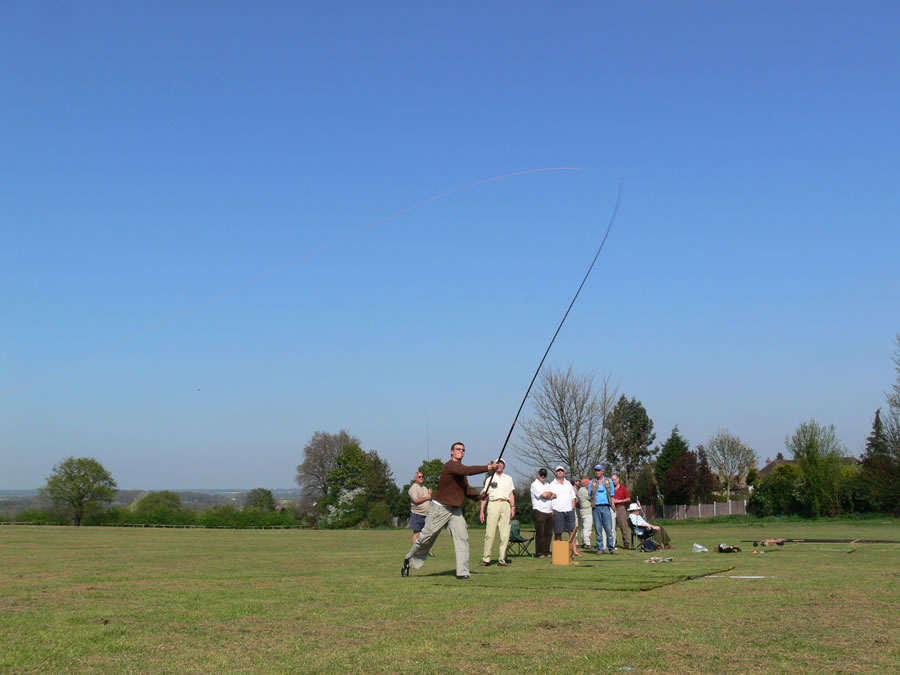
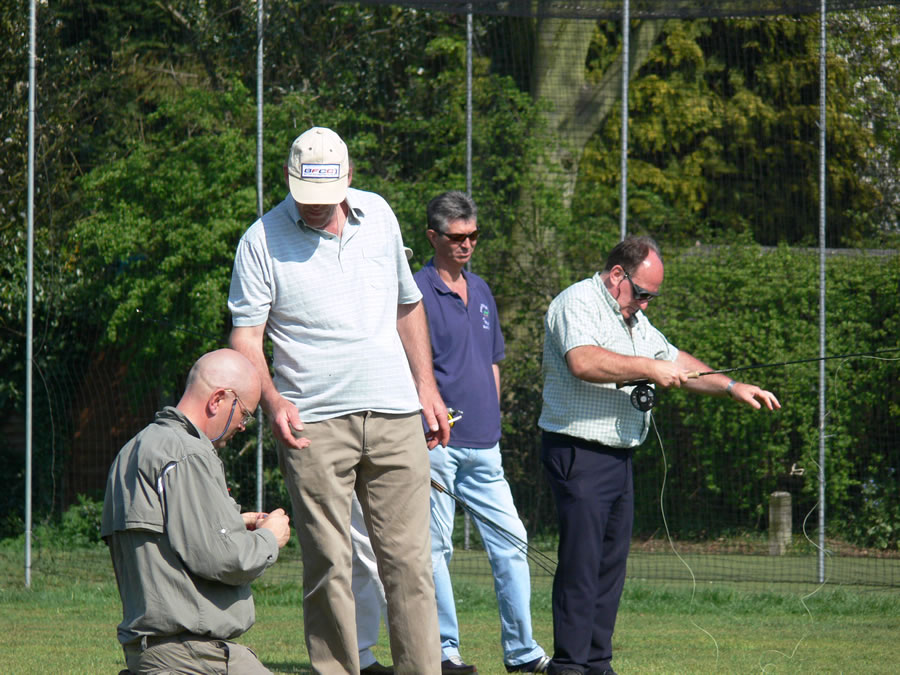
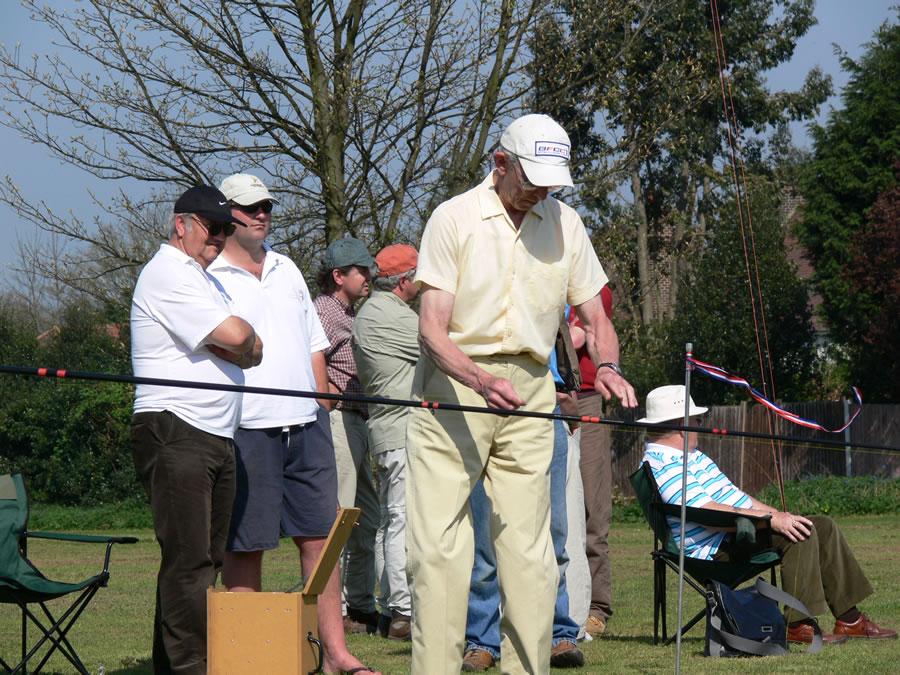
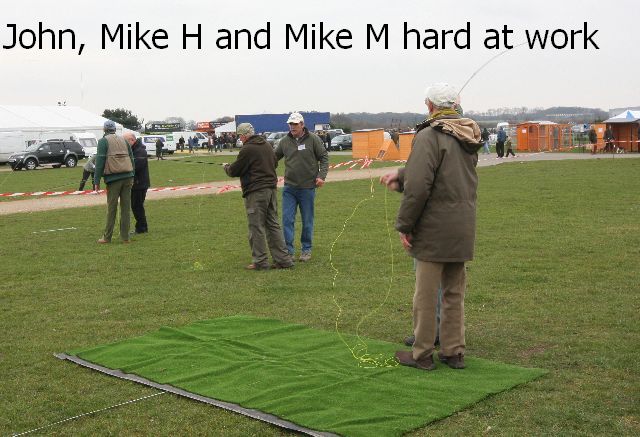
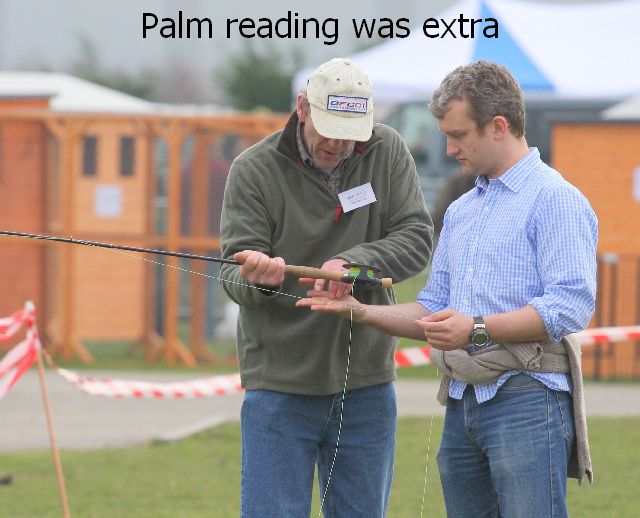
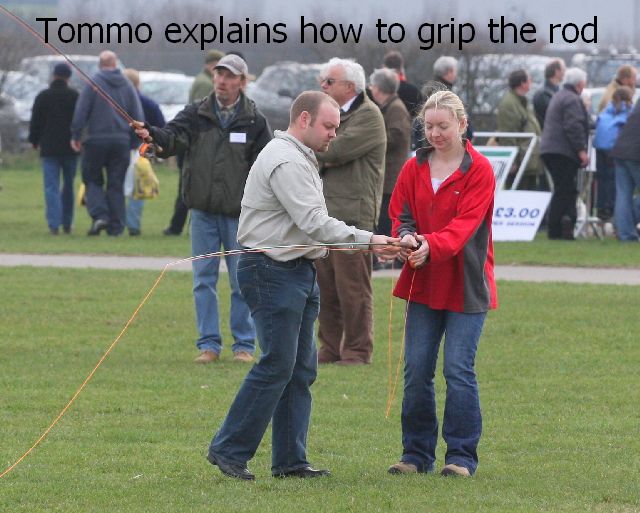
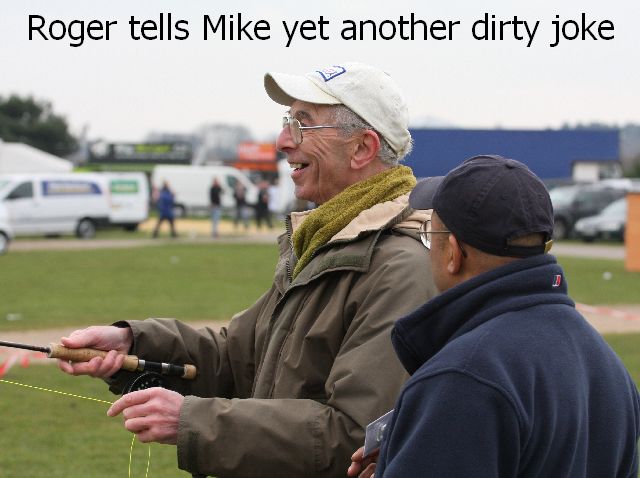
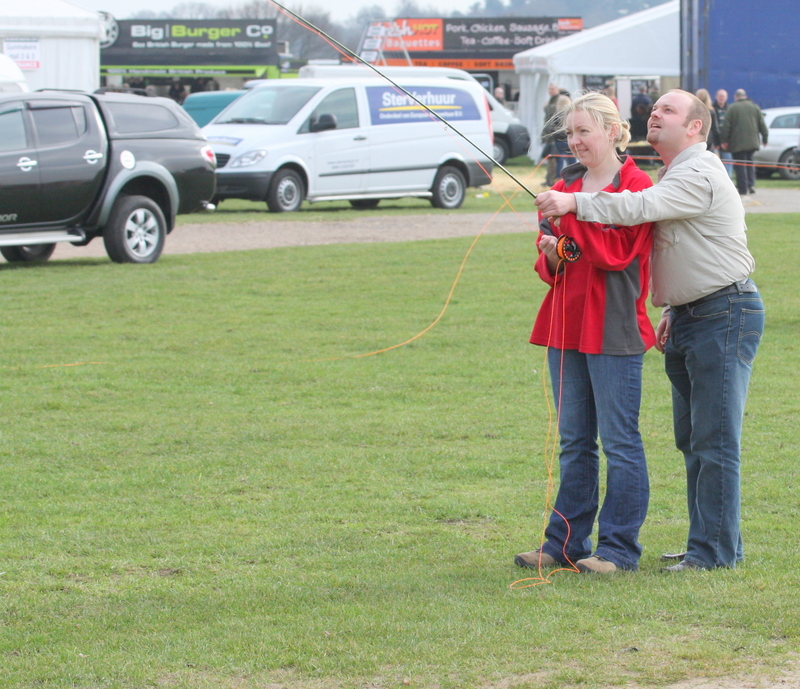


December 29th, 2009 at 2:45 pm
Hi Paul,
Thanks for penning your ‘Speed in Flycasting’ article. I started Flyfishing 5 years ago after may years as a coarse angler. I had a couple of lessons when I started and then muddled along on my own, although I did practice on a nearby playing field.
After getting a casting lesson from Mike Heritage at Newark in February, my practice became more focussed and I had a further couple of hours provately from Mike H during last summer. I went to the Brentwood meeting in October where I joined the BFCC. The help I received was extremely useful and I have improved considerably over the past few months.
I reckon the average standard of casting on most waters is pretty poor, it doesn’t take long to get as good as most people on the bank. However to get much better I have found that even a bit of tuition is a big help with gusting winds, distance, accuracy and reducing false casts. Perhaps the most useful thing has been to give me a much better idea of why a cast has gone wrong (or gone well for that matter).
I have a quick question about your article: you say ‘And as for distance, if you can cast through the 120s with trout tackle, then you can take a realistic shot at 100 feet without serious complications’. What does through the 120s mean?
Best Regards
David Fisher
January 12th, 2010 at 11:29 am
Hi Dave,
Paul is in Tasmania so if you don’t mind I will answer for him.
What he means is that if you have the ability to cast 120′ on grass then you have a realistic chance of putting a fly out 100′ on water (to a fish) if you need to. By the same token if you are a 100fter on grass you should be able to put that fly out eighty or ninety feet, if you need to.
Thanks for the comment,
Mike H